The Shield Wall Rule Explained – Hnefatafl Rules: Capturing Move
There is no evidence that the Shield Wall Rule was ever a part of the historical game of Hnefatafl. Yet, in modern times it has gained popularity as part of the Copenhagen Ruleset, and other variations.
The shield wall capture, as it is also known, serves a clear purpose: It prevents any two pieces of the same colour from becoming invulnerable by hugging the edge of the board. This is achieved by allowing the opposing player to capture these pieces by encircling them completely. The last move of this encirclement must be a flanking move; meaning the circle is closed by placing a pawn against the edge of the board.
Below, we’ll cover the shield wall rule more in detail – there are some exceptions.
Although situations are rare where the shield wall rule is actually deployed in a game of Hnefatafl, it is an important rule to be aware of, since it is incorporated in the current day ‘standard ruleset’ and you could thus run into a situation where a shield wall capture is appropriate.
While the rule may not be an artefact of history, the ‘shield wall’ as a military tactic is, and it has also played an important role in viking battle strategies. Although new rules are quite frequently proposed to make Hnefatafl more balanced, the shield wall rule remains one of the few modern inventions of Hnefatafl that has gained seemingly lasting popularity. The name does sound pretty epic, doesn’t it? 😉
In this article, you’ll get thee things:
- Learn about the ‘Shield Wall Rule’ and its exceptions
- Examine some strategies
- Learn about the history of the shield wall rule
What is the Shield Wall Rule in Hnefatafl?
Said simply: a shield wall capture occurs when pieces are squashed against the side of the board, and become fully surrounded by a flanking move.
In the pictures below, you’ll see exactly how it works:
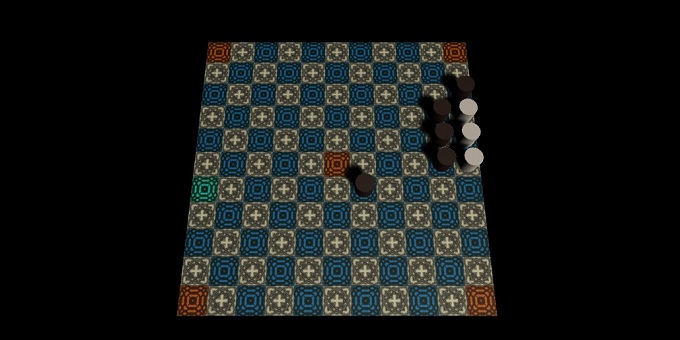
Here, the black player can flank the white player:
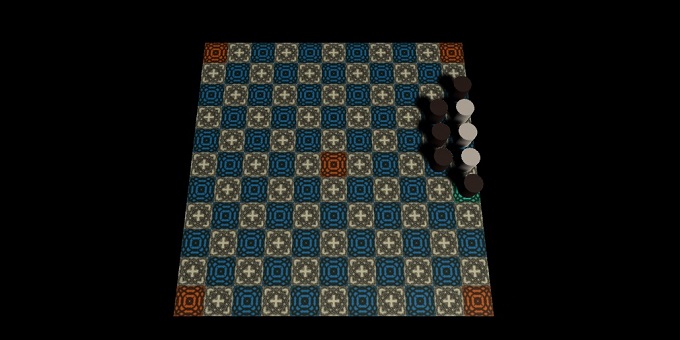
And as a result, all white pieces inside the shield wall are captured:

The King as part of the Shield Wall
Yes, the king can be used as a part of a legitimate shield wall attack. Whether the king is a part of the shield wall or not has no influence on whether pieces are captured or not. Special rules only apply when the king is attacked himself by a shield wall.
Here, you can see the king has an opportunity to close a shield wall:
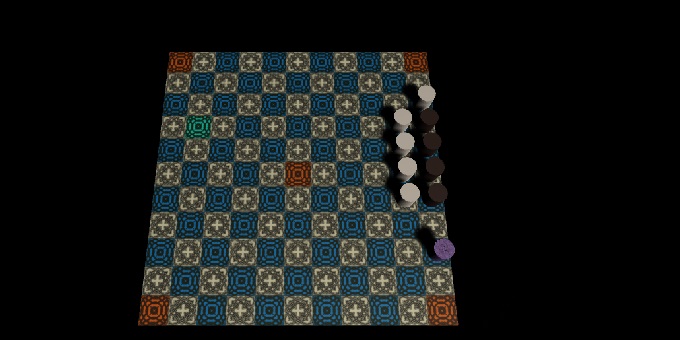
As he moves in, all black pieces will be captured:

It would also be a legitimate shield wall capture if the king was part of the wall, and a regular white piece completed the circle by a flanking manouvre.
The King being attacked by a Shield Wall
The king cannot be caught by a shield wall attack. But all other pieces that would have been captured if the king was a regular piece, are in fact captured as normally.
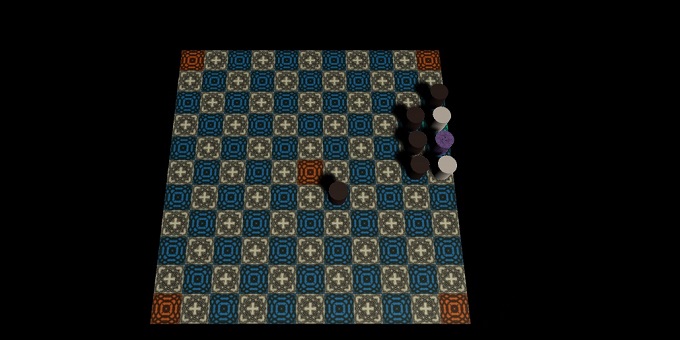
Black is about to flank the white player:
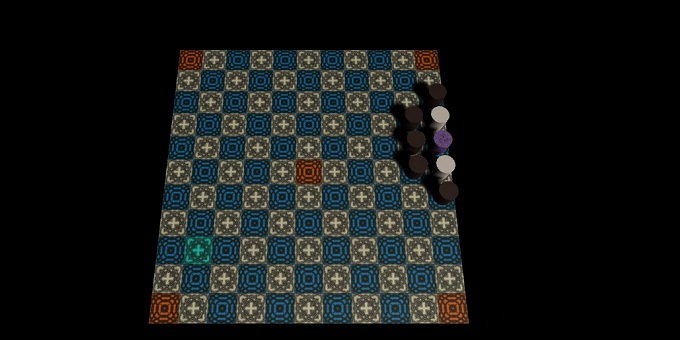
The king is never captured during a shield wall, but his comrades are:

There are several scenarios where the king might escape after a succesful shield wall. A white piece may for example move in and sandwich a black piece between itself and the king. Or, when a shield wall occurs on a corner tile, the king can sometimes escape directly to the corner of the map after a shield wall.
Corner Squares
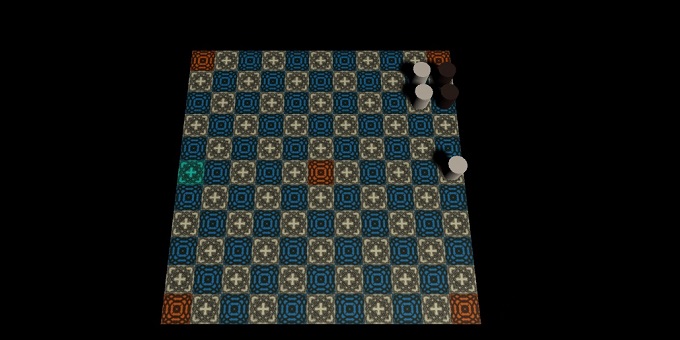
Corner square can complete a shield wall. Since a shield wall is always a flanking move, the involvement of a corner square means that there is only one square which can be occupied to complete the shield wall capture.
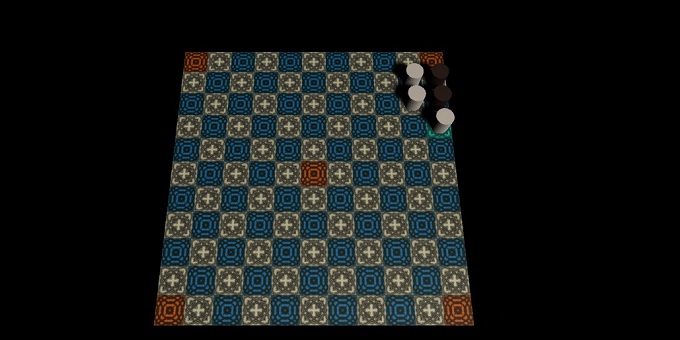
The black pieces are now fully encircled between the edge of the board, a corner square and white pieces. Consequently, they will be captured:
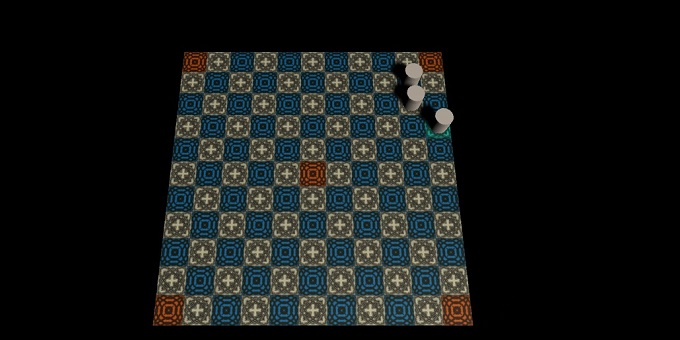
Double Shield Wall
Albeit even more rare, it is possible that an opportunity arise to double shield wall the opponent:

White moves in:
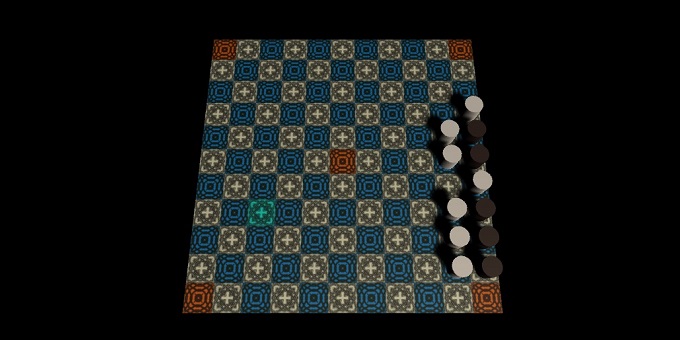
And black’s pieces on BOTH sides are captured:
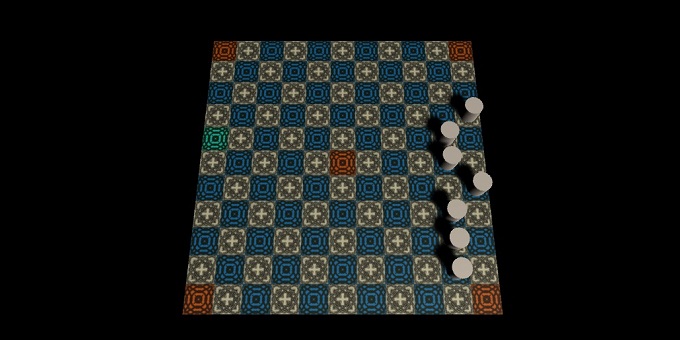
As you can see, in this example one of the shield walls also involved a corner tile.
Shield Wall Strategies
It is very rare that the white pieces are caught in a shield wall. This is the result of white starting in the middle.
So the first tip is to pay extra attention when playing as black not to get caught in a shield wall. Conversely, watch out for opportunities to deploy a shield wall when playing as the white player.
The most common place on the board where shield walls occur, are the three central squares on each of the four sides of the board.
Generally, the three pawns occupying these squares are not the highest priority to move during the opening of the game. Since they are left behind at the edge of the board, they form a potential target for a shield wall.
When was the shield wall rule first introduced?
It’s hard to find a definitive answer to this question, but I’ve come a long way.
Firstly, in this article on Cyningstan, the author mentions that the earliest example that he could find of the Shield Wall Rule being mentioned, was in 2004 on http://hnefatafl.net, which no longer exists.
I decided to have a look myself, to see if the first occurance of the shield wall rule on the internet is indeed on that website.
Luckily, there’s a more efficient way of doing this than through browsing through every page on the web about Hnefatafl.
In Google, I’ve typed in the following search query:
inarticle:shield wall hnefatafl
…which gives all the results that include those three words in the same article.
Then, I selected a time range, and started checking year by year if somebody had written something about the shield wall rule on the internet. I went as far back as the year 1990.
Although the shield wall rule was incorporated in the Copenhagen ruleset in 2011, as it turns out, in 2020, there remains no written mention of the shield wall rule online before the year 2013. The only hit containing the query in a semantically coherent manner before that date, is an article from 2013 on Cynigstan himself. So in determining when the shield wall rule was first conceived, the only thing we can do is to go with the date he gives: 2004.
I’ve tried to verify this by going to hnefatafl.net through the webarchive, but I can unfortunately no longer find the part he is referencing.
Lastly, Google Trends has too little data to present to us a graph of the search query frequency on ‘Shield Wall Hnefatafl’.
So we can’t verify the date, but a falsification attempt was unsuccessful. Absence of evidence is no evidence of absence. Until further evidence surfaces, we’ll therefore have to accept the year 2004 as the first year in which the Shield Wall Rule occurred.
Did Vikings really use shield walls?
Yes they did! In fact, the shield wall was a go-to strategy of the vikings during many of their raids and battles.
One famous example of vikings using the shield wall tactic in real life, was at the Battle of Stramford Bridge. Unfortunately, in this particular instance, the tactic did not work out of them so well.
Once the shield wall of the vikings at Stamford Bridge was finally broken, they got completely outflanked.
This is why the shield wall rule in Hnefatafl is so appropriate. Like in actual viking age battles, it’s the flanking manouvre that is decisive.
